Growth in the Pharmaceutical Sector
The Heat Induction Cap Liner Market is poised for growth, particularly due to the expansion of the pharmaceutical sector. As the demand for pharmaceutical products continues to rise, the need for secure and reliable packaging solutions becomes increasingly critical. Heat induction cap liners play a vital role in ensuring the integrity of pharmaceutical products by providing tamper-evident seals and preventing contamination. Recent statistics indicate that the pharmaceutical packaging market is expected to grow at a CAGR of around 6% over the next few years. This growth is likely to bolster the demand for heat induction cap liners, as manufacturers seek to enhance product safety and comply with stringent regulations. The intersection of these factors suggests a robust future for the heat induction cap liner market.
Technological Innovations in Packaging
Technological innovations are reshaping the Heat Induction Cap Liner Market, driving advancements in packaging solutions. The integration of smart technologies, such as QR codes and NFC tags, into packaging is becoming increasingly prevalent. These innovations not only enhance consumer engagement but also provide manufacturers with valuable data on product usage and shelf life. Furthermore, advancements in materials science are leading to the development of more efficient and sustainable heat induction cap liners. As companies strive to differentiate their products in a competitive marketplace, the adoption of these technologies is likely to accelerate. This trend indicates a promising trajectory for the heat induction cap liner market, as businesses seek to leverage technology to meet evolving consumer expectations.
Rising Demand for Convenience Packaging
The Heat Induction Cap Liner Market experiences a notable surge in demand for convenience packaging solutions. As consumers increasingly seek products that offer ease of use and extended shelf life, manufacturers are compelled to innovate. This trend is particularly evident in sectors such as food and beverage, where the need for tamper-evident and airtight seals is paramount. According to recent data, the convenience packaging segment is projected to grow at a compound annual growth rate of approximately 4.5% over the next five years. This growth is likely to drive the adoption of heat induction cap liners, which provide an effective barrier against contamination and spoilage, thereby enhancing product integrity and consumer trust.
Regulatory Compliance and Safety Standards
The Heat Induction Cap Liner Market is significantly influenced by stringent regulatory compliance and safety standards. Governments and regulatory bodies worldwide are increasingly emphasizing the importance of packaging safety, particularly in the food and pharmaceutical sectors. Compliance with these regulations often necessitates the use of advanced packaging solutions, including heat induction cap liners, which ensure product safety and integrity. For instance, the implementation of the Food Safety Modernization Act has led to heightened scrutiny of packaging materials. As a result, manufacturers are likely to invest in heat induction technologies to meet these evolving standards, thereby driving market growth. This focus on safety not only protects consumers but also enhances brand reputation.
Sustainability and Eco-Friendly Packaging Solutions
The Heat Induction Cap Liner Market is witnessing a shift towards sustainability and eco-friendly packaging solutions. As environmental concerns gain prominence, consumers are increasingly favoring products that utilize sustainable materials and practices. This trend is prompting manufacturers to explore biodegradable and recyclable options for heat induction cap liners. Recent studies suggest that the market for sustainable packaging is expected to grow significantly, with a projected CAGR of 5% over the next several years. This shift not only aligns with consumer preferences but also helps companies comply with emerging regulations aimed at reducing plastic waste. Consequently, the focus on sustainability is likely to drive innovation and growth within the heat induction cap liner market.


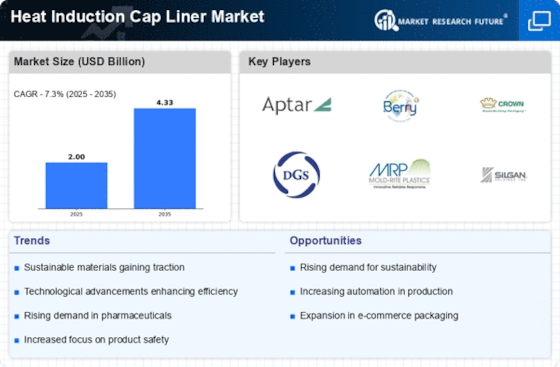
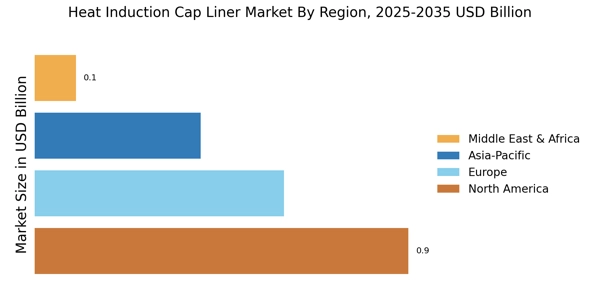
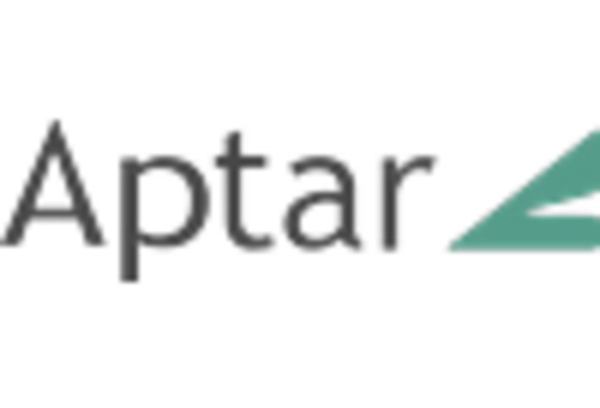
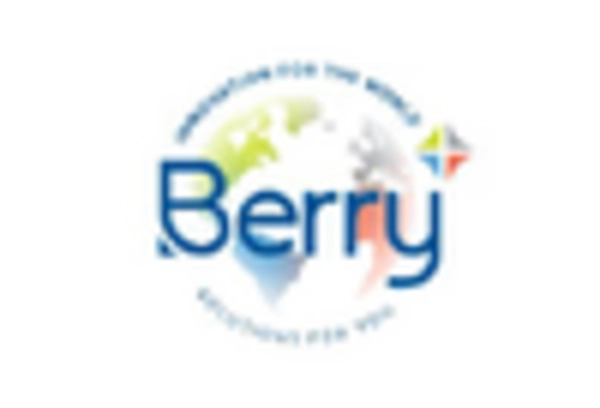
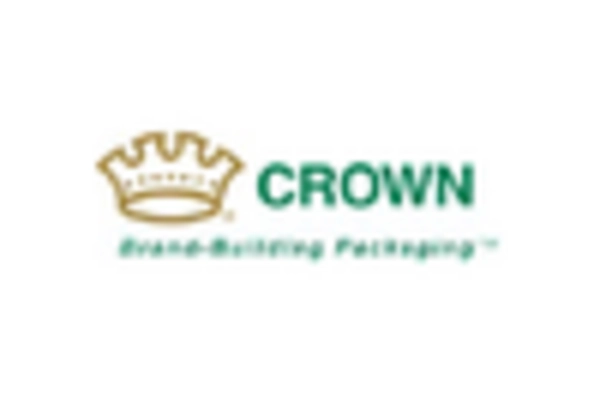
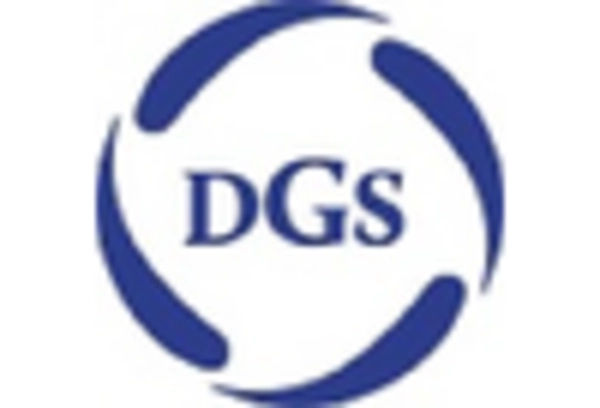
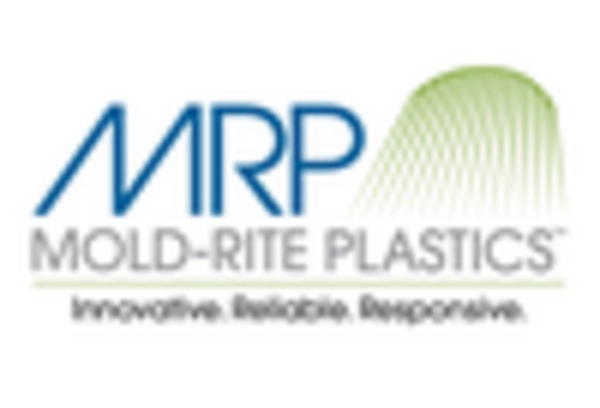
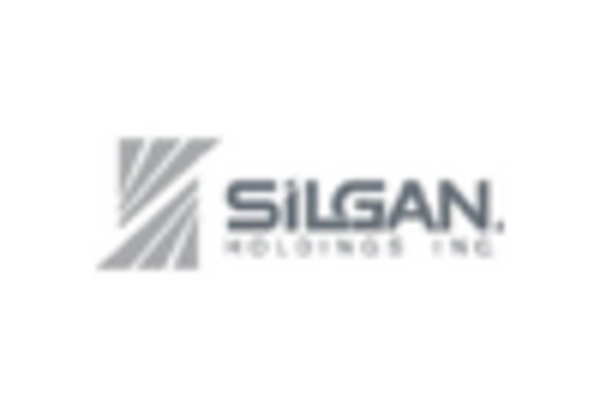








Leave a Comment